Projects
The centerpiece of the Center’s activities is a vibrant fellowship program that provides support for Francis E. Fowler IV Center Fellows to work on innovative research projects linking the ocean and climate. Project themes range from predicting extreme weather events to using deep sea corals to understand past climate-related changes in major ocean currents.
Specific research topics include:
- Exploring ocean-based solutions to carbon dioxide removal
- Modeling air-sea interactions to improve storm prediction
- Linking monsoon intensity and surface ocean salinity
- Exploring the ocean’s role in extreme weather events
- Measuring marine ice cliff instability to predict sea-level rise
- Connecting changes in Antarctic sea ice to ice-ocean-atmosphere interactions
- Predicting the future of a major ocean current from its past
- Democratizing access to information about coral reef water acidity
- Creating a low-cost sensor network to advance “blue carbon” science in coastal wetlands

Advancing Ocean-Based Solutions to Carbon Dioxide Removal at WHOI
Principal Investigator: Ken O. Buesseler, Marine Chemistry and Geochemistry
Summary
This project provides support for marine chemist Ken Buesseler to advance activities at WHOI related to ocean-based solutions to climate change, in particular carbon dioxide removal (CDR). This project brings WHOI's world-class scientists, engineers, and marine policy experts together to consider innovative ocean CDR systems and assess efficacy and impacts using state-of-the-art engineering platforms for transparent monitoring of carbon sequestration and environmental impacts.
Buesseler is forming expert teams—initially within WHOI—around multiple ocean CDR approaches. Team activities include exploring and sharing funding resource announcements, bringing in speakers, and building content for outreach and education—all while paying careful attention to protecting WHOI’s reputation as an unbiased source of ocean science information. There are many new funding opportunities emerging from non-traditional sources that need to be nurtured, grown and pursued, with a potential carbon market of billions of dollars at CDR deployment stages, led by governments, commercial entities, and/or philanthropic groups. This fellowship puts WHOI at the forefront of research and discussions related to humanity's climate-related choices, including the potential benefits and impacts of ocean CDR.
Predictive Understanding and Modeling of Extreme Storms and Short-term Climate Events: Western Boundary Currents and Air-Sea Interactions
Principal Investigator: Hyodae Seo, Physical Oceanography
Summary
Current scientific evidence indicates that accurate, high-quality simulations and forecasts of extratropical storms critically depend on accurate representation of air-sea interactions mediated by oceanic spatial variability near the western boundary currents (WBCs). Despite their importance for short-term extreme climate events such as marine and terrestrial heatwaves, simulations and predictions of storm tracks and related ocean currents remain limited, hampering our predictive understanding of critically important fields, such as water/energy usage, soil moisture/temperature, and coastal/open-ocean upwelling.
Physical oceanographer Hyodae Seo is pursuing a high-risk/high-return project to improve the modeling and prediction of extratropical storms and their impacts. A crucial element of this project is to exploit extensive high-resolution, ocean-atmosphere wave-coupled model simulations, in which critical atmospheric and oceanic dynamics central to the interactions between storms and WBCs are explicitly resolved. The air-sea interaction physics of the model will be validated and refined with detailed analyses of direct in-situ observations to improve the simulations of coastal storms.
Once the model is verified, it will be used for extended-range (weeks to a month) predictability experiments to evaluate components and prediction limits arising from the enhanced simulations of WBC-storm interactions, focusing on downstream precipitation and circulation near the continent’s western coastlines. Capitalizing on the strong synergy between observations and modeling at WHOI, the project's key outcomes—improved physics, verified modeling, and quantified predictability—will facilitate the development of subsequent non-WHOI projects. Through Seo’s current leadership role in the air-sea interaction/climate-modeling community, the project is also making practical contributions to advancing knowledge and WHOI’s stature in the burgeoning field of ocean-weather-climate research.
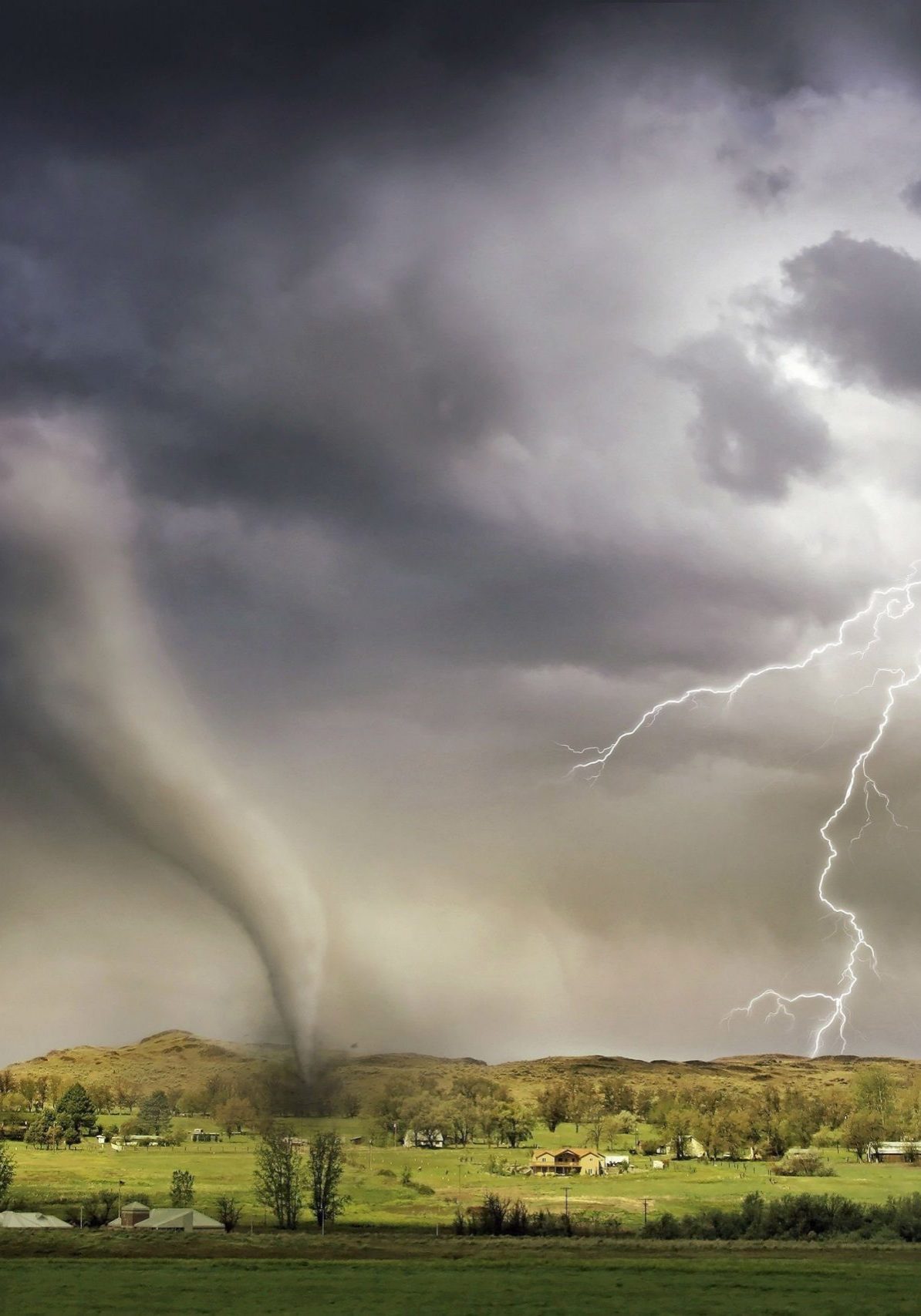
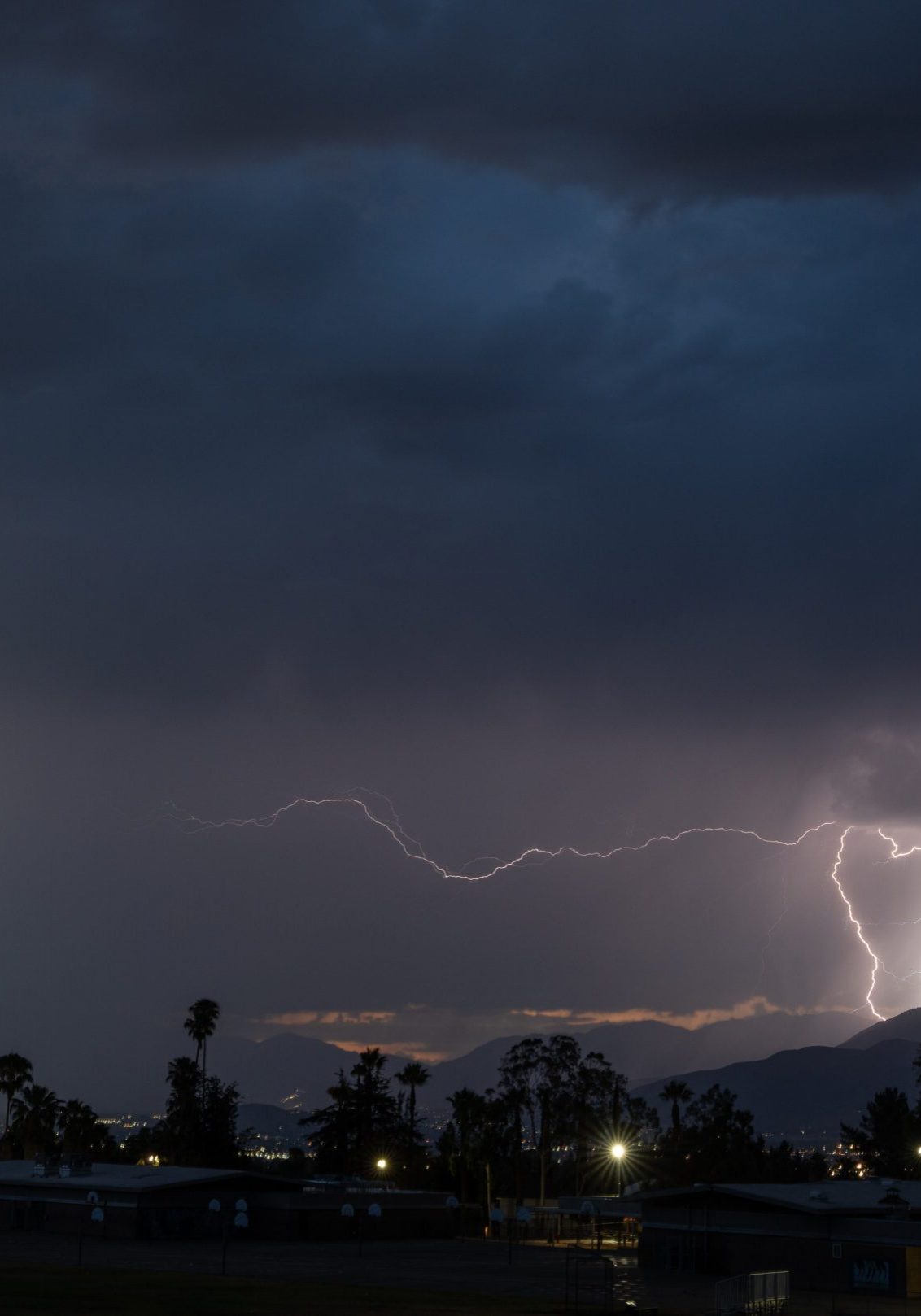
Effects of Ocean Freshwater on the Indian Monsoon
Principal Investigators: Amala Mahadevan and Alex Kinsella, Physical Oceanography
Summary
The precipitation that falls during the Indian summer monsoon is crucial to the lives and livelihoods of billions of people, yet predicting climate-related impacts to the total amount and distribution of rainfall remains an elusive goal. Most intense monsoonal storm events originate in the Bay of Bengal, so the air-sea interaction over this sea plays a fundamental role in weather variability throughout the monsoon region.
The Bay of Bengal has exceptionally low salinity and density near the surface due to the large freshwater input from rain and runoff. Our hypothesis is that increased freshwater flows from a warming climate will strengthen the density gradient throughout the water column and inhibit vertical mixing of heat. A fresher surface layer in the Bay of Bengal will likely lead to higher sea surface temperatures, increasing atmospheric deep convection and favoring recurring storminess.
Physical oceanographers Amala Mahadevan and Alex Kinsella are using an ocean-atmosphere column model to investigate whether the upper-ocean salinity structure contributes to the intensity of the monsoon and intra-seasonal variability via a positive feedback mechanism. In addition, they are examining the effect of freshwater inputs on summer monsoon precipitation over the Bay of Bengal on seasonal, intra-seasonal, and interannual timescales.
Knowledge gained from this work is illuminating the role that the ocean plays in weather variability over the northern Indian Ocean and surrounding countries, increasing our understanding of the monsoon in a changing climate.
Oceanic Impact on the Seasonal Predictability of Atmospheric Blocking and Extreme Weather Events
Principal Investigator: Young-Oh Kwon, Physical Oceanography
Summary
This project aims to provide insight into the extent to which the ocean influences extreme weather events and so called “atmospheric blocking.” It focuses in particular on seasonal predictability, using a predictive machine-learning model with a one-to-twelve-month forecast lead time.
Atmospheric blocking is a weather phenomenon in which a stationary or near-stationary vortex is established that is strong enough to alter the tracks of storms and other extreme weather events, which are forced to detour around the vortex. Atmospheric blocks can last anywhere from several days to several weeks in a single region and often lead to extreme weather conditions, such as heat waves. For this reason, robust seasonal prediction of atmospheric blocking will provide enormous benefits, spanning multiple sectors of society.
While even state-of-the-art seasonal prediction systems based on climate models struggle to predict atmospheric blocking, recent studies by WHOI principal investigators suggest that oceanic data, if properly incorporated into a seasonal prediction system, may significantly improve the accuracy of atmospheric blocking predictions.
Physical oceanographer Young-Oh Kwon hypothesizes that a data-driven machine learning approach, based on a convolutional neural network can overcome certain key limitations of current climate model-based predictions. Kwon is developing a machine learning model to identify the oceanic factors that are most important to seasonal predictability of atmospheric blocking over the North Atlantic and North Pacific. He will then use those oceanic factors in a machine learning model to explore the seasonal predictability of associated extreme weather conditions, such as heatwaves. In addition, Kwon is investigating the extent to which predictive accuracy is affected by the season and/or slow modulations of the background climate due to natural variability and anthropogenic climate change.
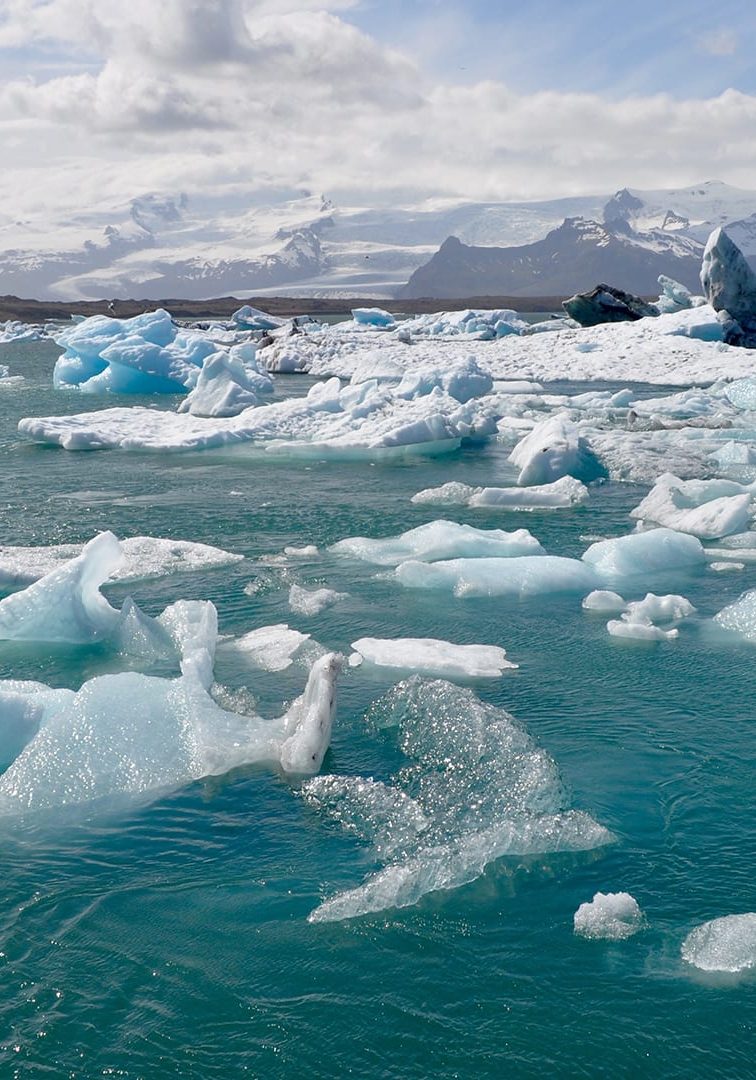
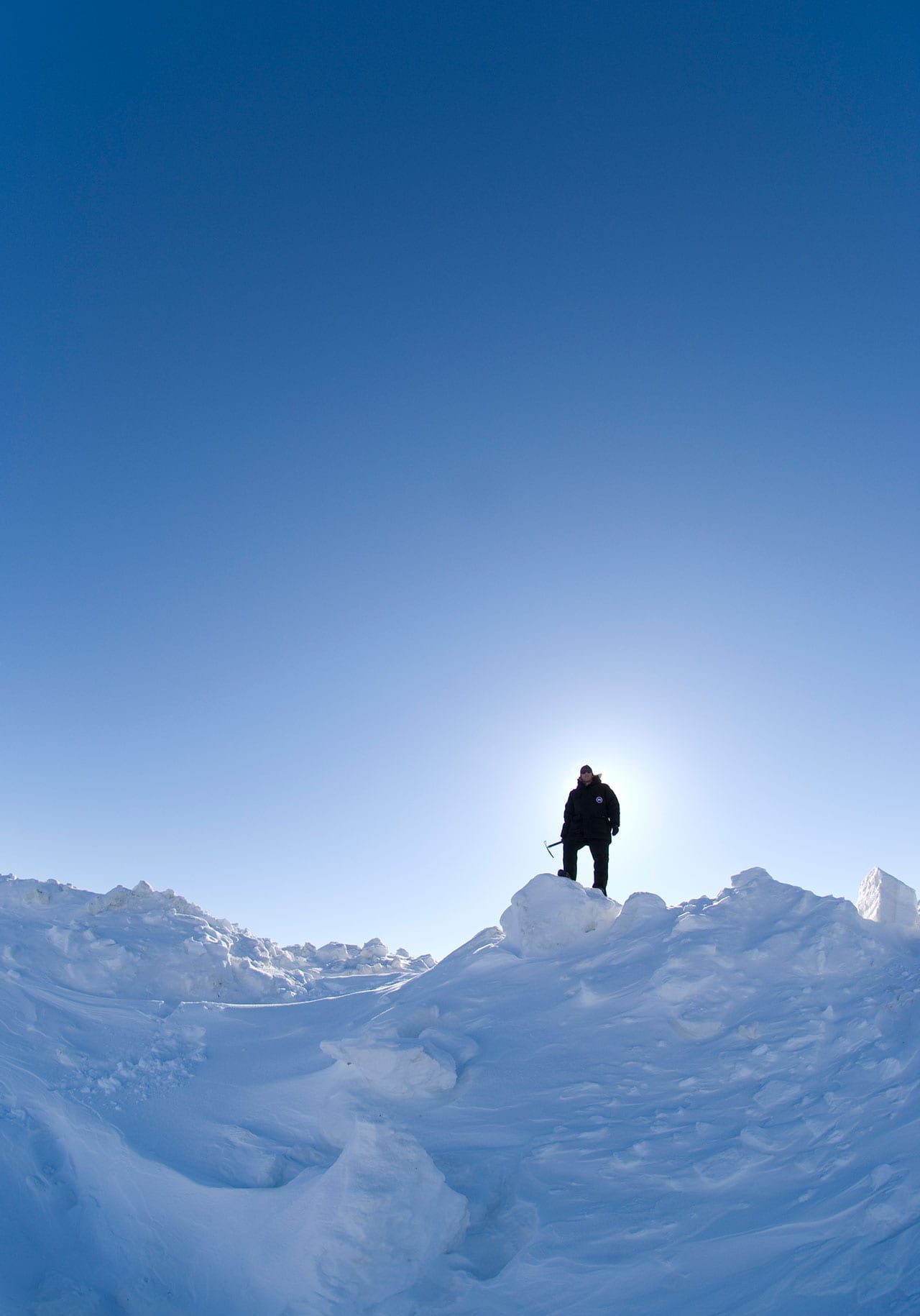
Big Ice
Principal Investigator: Catherine Walker, Applied Ocean Physics and Engineering
Summary
On the Greenland and Antarctic ice sheets, ice flows towards the ocean along glaciers and ice streams that mostly terminate in the ocean, either as ice cliffs or floating ice shelves or tongues. A recently suggested—and still-controversial—theory called “Marine Ice Cliff Instability” (or MICI) suggests that ice cliffs may become unstable at heights above approximately 90 meters (just under 300 feet). Beyond this limit, ice cliffs may be prone to collapse, triggering runaway retreat.
MICI has now been employed in several model scenarios, all of which predict a catastrophic future for the Antarctic and Greenland ice sheets, ending in collapse. If the MICI theory proves true, it could mean the difference between tens of centimeters versus tens of meters of sea level rise by 2100.
What is the maximum height at which an ice cliff can persist on Earth? This is a deceptively simple question; one might wonder why it has not been previously answered. The flurry of activity around this question in the last five years has focused mostly on modeling and theory. Anecdotally, the 90-meter height limit appears to hold true, but it has yet to be empirically tested.
Glaciologist Catherine Walker is using a large number of remote sensing observations to empirically test the hypothesis that ice cliffs above a certain height are unstable, and to determine how specific features of glaciers, as well as atmospheric and oceanic forcing, contribute to their stability or instability. The results will enable Walker to assess the potential of the MICI theory to predict sea level rise.
Antarctic Sea Ice Variability–a Deep Learning Approach
Principal Investigator: Ted Maksym, Applied Ocean Physics and Engineering
Summary
Trends in Antarctic sea ice have long been an enigma. The extent of circumpolar ice has remained the same or slightly increased, upending predictions from climate models. However, in recent years, regional variability in the extent of Antarctic sea ice has increased, with record highs followed closely by extreme record lows. Perhaps most importantly, a number of coastal regions have experienced repeated extreme lows in the extent of summer ice—or delays in the advance of autumn ice—exposing the vulnerable Antarctic coast to open water for increasing amounts of time. Although it is well established that short-term sea ice anomalies are primarily wind driven, the role of the ocean has not been adequately investigated, and quantitative explanations for recent anomalies are lacking.
Geophysicist Ted Maksym is employing a novel method to investigate the ice-ocean-atmosphere interactions driving these anomalies by adapting a deep learning technique to “learn” the spatio-temporal relationships between these anomalies, their atmospheric forcing, and the ocean and sea-ice states that drive them. This method will provide a quantitative analysis of the roles of ocean heat and ice-ocean interactions in driving the recent record low ice extent in the Ross and Weddell Seas, as well as along the western Antarctic Peninsula.
Maksym’s project is providing a proof-of-concept of this new method for understanding Antarctic sea-ice variability and its links to ocean and climate variability— thereby addressing the failure of climate models to correctly capture observed variability, and offering guidance for more efficient observations of the processes that control Antarctic sea ice in the Southern Ocean.
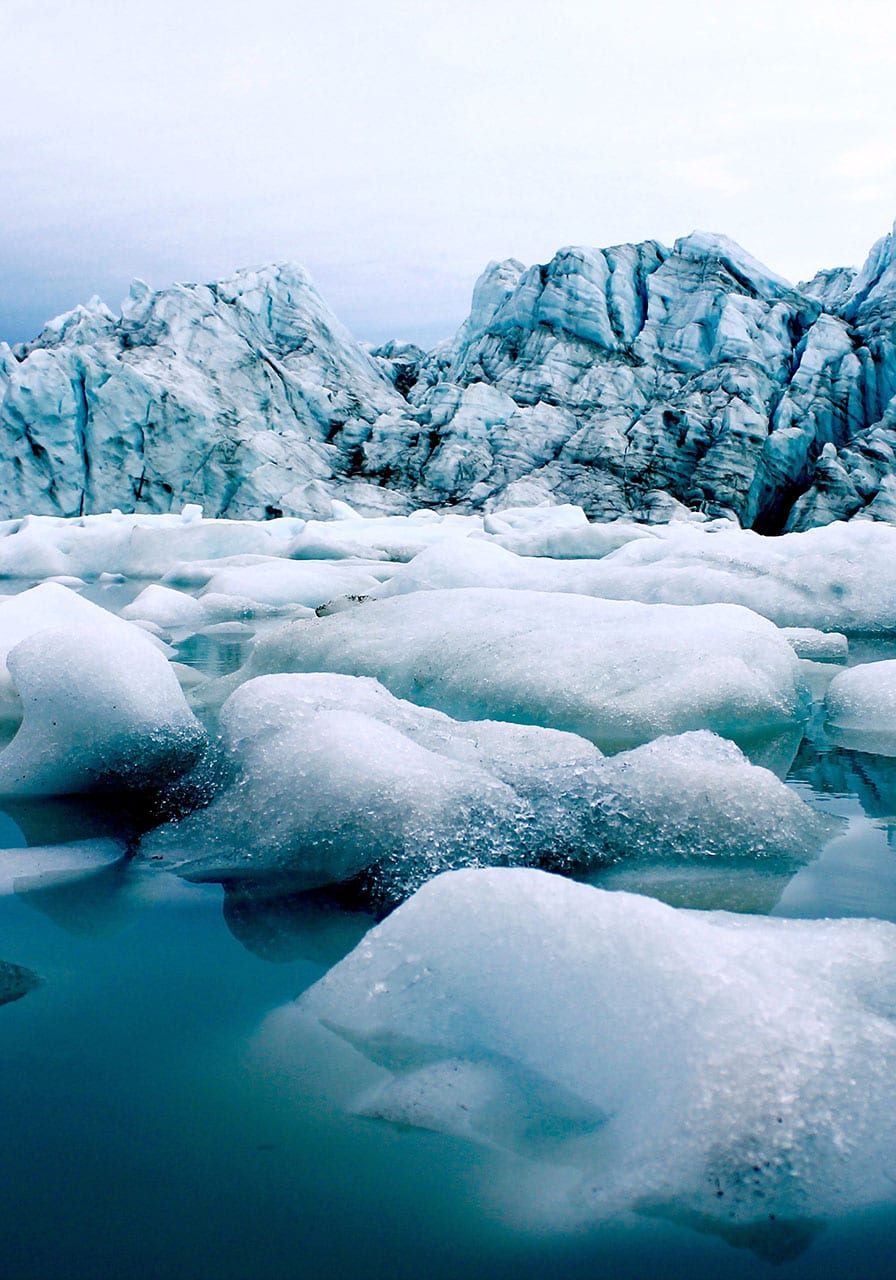
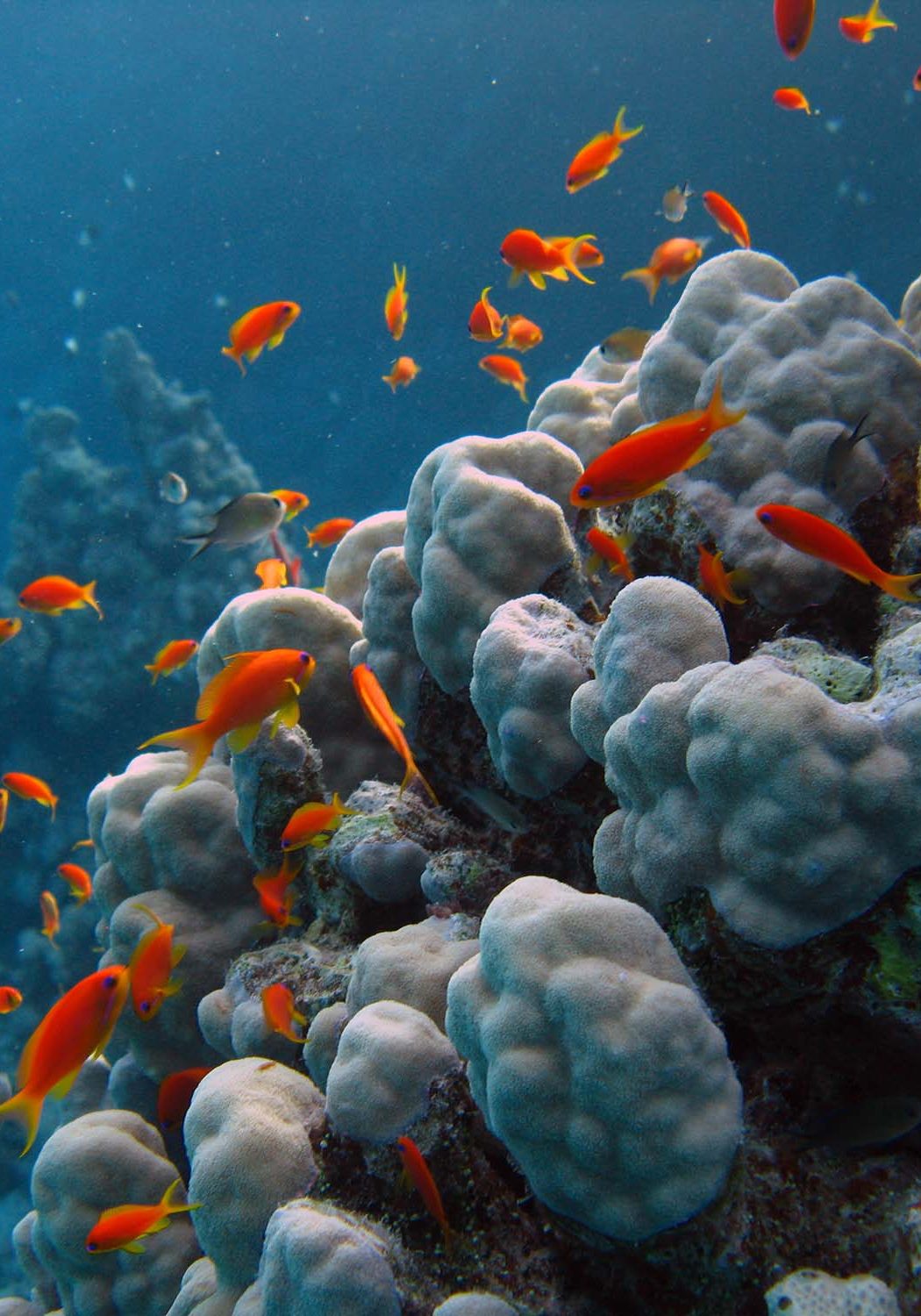
Reading an Ancient Archive of Climate Information: Examining Recent AMOC Variability Using High-resolution Radiocarbon Measurements of Deep-sea Corals from the North Atlantic
Principal Investigator: Sophia Hines, Marine Chemistry and Geochemistry
Summary
The Atlantic Meridional Overturning Circulation (AMOC) is among the most important components of the global climate system. It brings warm subtropical water to the high-latitude North Atlantic, redistributing heat and driving global climate patterns. Heat loss to the atmosphere from the ocean eventually makes this water sufficiently cold and dense that it sinks and forms so-called North Atlantic Deep Water, which flows southward as a boundary current. Paleoceanographic evidence suggests that shutdowns in AMOC during the last glacial period led to massive global climate changes, including abrupt cooling in the Northern Hemisphere. Indeed, AMOC variability is thought to be one of the most important global climate drivers. Some models indicate that AMOC may slow down under future global warming, but there is still much uncertainty.
The importance of AMOC has led to international monitoring efforts in the form of mooring arrays spanning the width of the North Atlantic basin at several latitudes. However, even the longest-running of these arrays has only been operational for 20 years, making it difficult to detect any long-term changes. Fortunately, high-resolution paleoceanographic archives provide the means to assess AMOC changes over hundred-to-thousand-year timescales, thus allowing the recent trajectory of AMOC to be determined.
Paleoceanographer Sophia Hines is examining changes in the AMOC over the past 500 years, using high-resolution measurements of radiocarbon in deep-sea corals to monitor North Atlantic Deep Water in the southward-flowing deep western boundary current. These subsurface measurements complement existing surface reconstructions and provide a more complete picture of recent AMOC trends, thus helping shed light on how AMOC will change in the future.
Easy-pH: Democratizing Coral Reef pH Prediction Across the Globe
Principal Investigator: Weifu Guo, Geology and Geophysics
Summary
Coral reefs have borne the brunt of climate change: half of the world’s reefs have died in just the past three decades. Accurate monitoring and predictions of reef water pH are essential for evaluating the health and the future of coral reef ecosystems.
Currently, reef pH data are obtained mainly through the collection and analysis of water samples and the deployment of sophisticated in situ instruments. These methods are laborious and costly, and consequently very limited in their spatial and temporal coverage. As a result, pH variability has been under-utilized as an input to models of global reef heath, limiting their accuracy and hindering informed decisions on reef management and adaptation strategies.
Geochemist Weifu Guo is developing a numerical model to enable rapid estimates of reef water acidity across global reef systems, making these data available to researchers around the world, including those with limited resources. Through this project, Guo aims to demonstrate that this method can yield pH estimates with sufficient accuracy and precision, paving the way for its eventual integration into national and international coral reef monitoring initiatives.
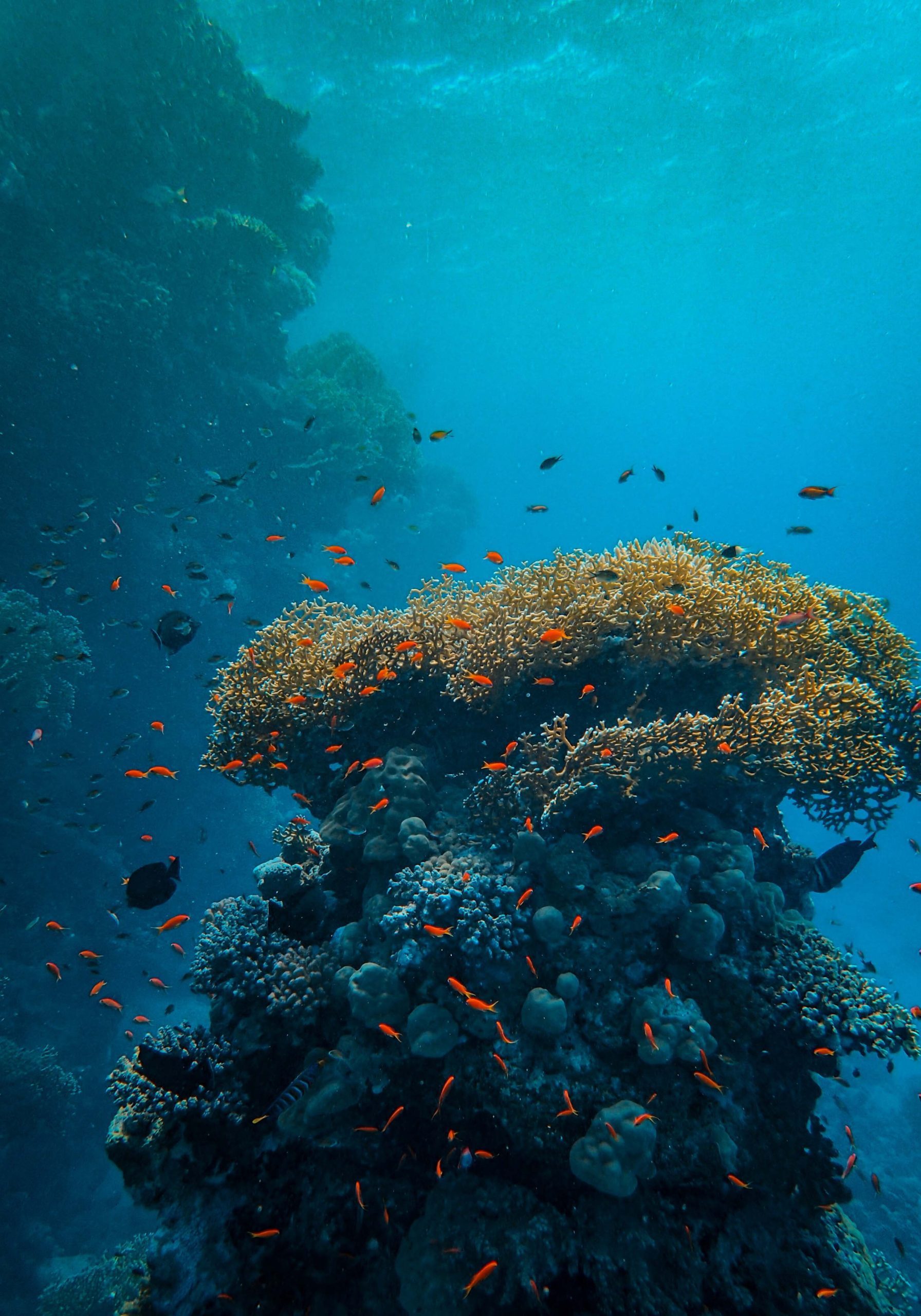
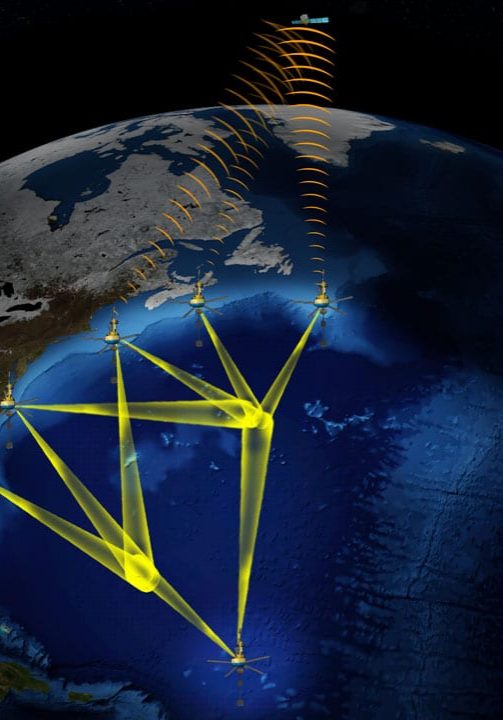
Building a Community-based, Low-cost Biogeochemical Sensor Network to Advance Blue Carbon Science in Coastal Wetlands
Principal Investigator: Zhaohui Aleck Wang, Marine Chemistry and Geochemistry
Summary
Coastal wetlands, such as salt marshes and mangrove forests, are a significant storage reservoir for atmospheric carbon dioxide (CO₂). Natural “blue carbon” storage in soils has value on the carbon market, and as a CO₂ sequestration strategy to combat climate change. The carbon storage potential of coastal wetlands may expand dramatically because most of their “fixed” CO₂ is exported to the ocean, possibly to be stored for the long term. Estimates of the amount of atmospheric carbon stored in coastal wetlands are far from certain due to a lack of measurements and the high level of local variability.
Marine chemist Zhaohui Aleck Wang is developing a low-cost, in situ sensor package capable of measuring the parameters needed to assess carbon export from coastal ecosystems and the impacts of anthropogenic changes (e.g., sea level rise) on coastal wetlands. Once developed, these new sensors will be used to initiate a community-based, low-cost biogeochemical sensor network to advance blue carbon science and mitigate the impacts of climate change in coastal wetlands. By lowering the costs of sensor deployment and maintenance, and engaging stakeholders and citizen scientists, Wang aims to demonstrate a democratized approach that can result in the deployment of many new sensor packages in selected salt marshes, dramatically increasing measurement coverage.
Under Wang’s leadership, this new technology and approach will be communicated through a workshop with the aim of leveraging the project to secure external funding that will enable the low-cost sensor network to reach a national scale. . The project is already forging new collaborations both within WHOI and with external partners, thus expanding WHOI’s presence in blue carbon science.





